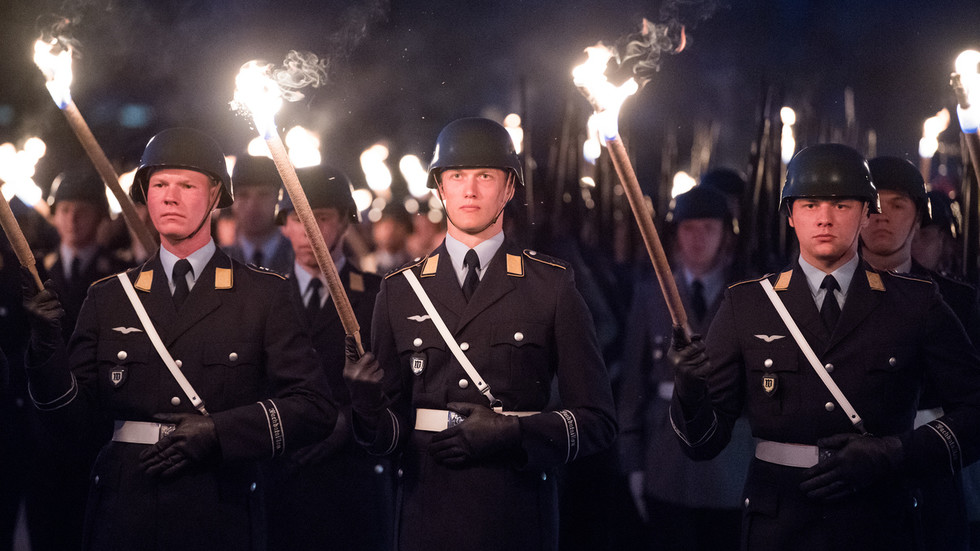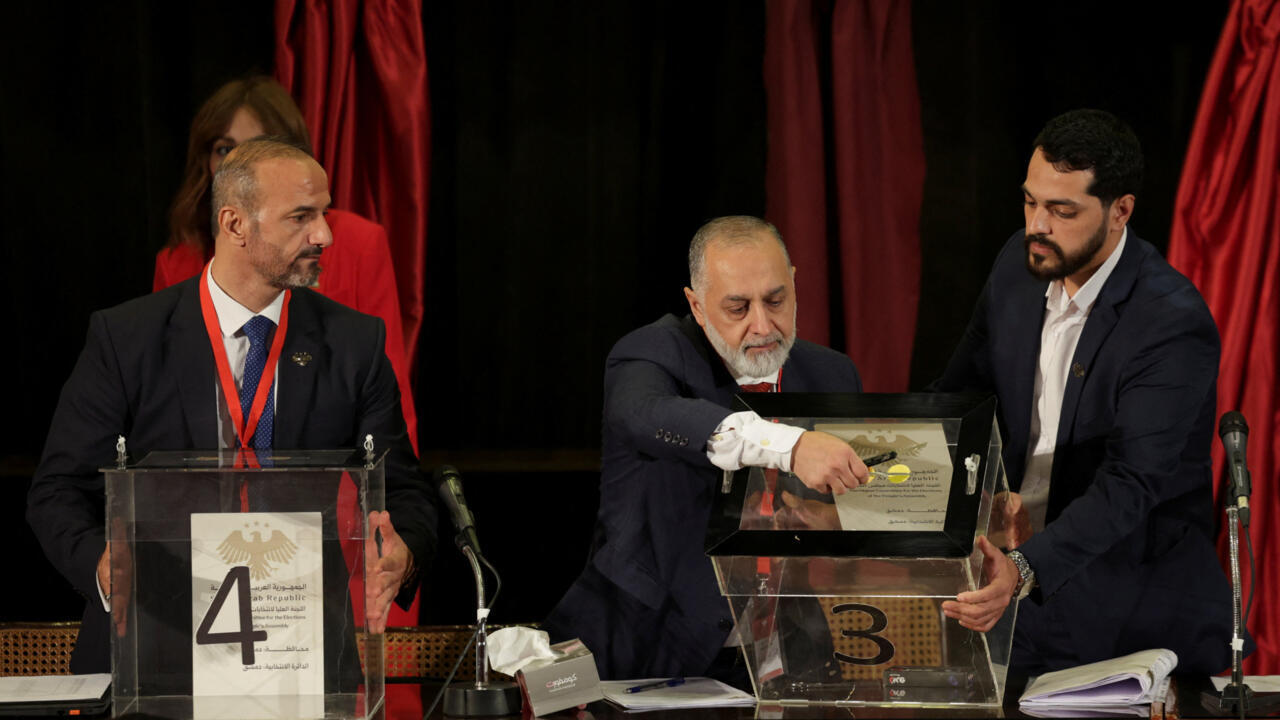OPINION / EXPERT PERSPECTiVE — According to reports, the Trump administration informed Congress that the ongoing hostilities against alleged narco-terrorist groups does not fall within the scope of the War Powers Resolution (WPR). As a result, the administration does not believe the President’s authority to continue to wage this military campaign is in any way constrained by the law.
Trump is building on an interpretation of the law first advanced by the Obama administration to avoid WPR compliance in relation to the U.S. involvement in the NATO campaign against Libya in 2011. This interpretation posits that the WPR is inapplicable to hostilities that fall below the level of large-scale ‘war’ and involve minimal risk of U.S. casualties. Yet ironically, President Trump’s assertion of inherent constitutional authority to start and continue this military campaign is exactly what the law was intended to cover.
Enacted into law in 1973 over President Nixon’s veto, the War Powers Resolution was motivated by congressional determination to prevent future presidents dragging the nation into a war incrementally. The context was obvious: Vietnam. For a super-majority of legislators, that conflict began and slowly expanded under the same premise: presidential assertions of inherent constitutional authority to commit small numbers of U.S. armed forces to low-level operations with limited risk: first as advisors, then to engage in limited direct action, then through ‘limited risk’ air operations. What evolved was an escalation that most of these legislators believed was inconsistent with both presidential assurances and the Gulf of Tonkin Resolution – the statutory use of force authorization Congress enacted in 1965 to empower the President to respond to subsequent North Vietnamese attacks on U.S. assets. From 1964 to 1967, the number of U.S. armed forces in Vietnam had escalated from approximately 25,000 to almost 500,000.
Nothing in the Gulf of Tonkin Resolution limited that escalation, and over the years Congress continued to provide presidents with the money and manpower to wage the war. Yet it was a different lesson from that experience that provided the true motivation for the WPR: the undeniable reality that it is far more difficult for Congress to force an end to a war than it is to prevent (or limit it) from inception.
Voting to cut off funding for an ongoing conflict is certainly a tool in the congressional arsenal to check presidential assertions of war power, but in the context of ongoing hostilities it is unrealistic to expect it will be useful. To begin with, restricting existing appropriations would require a veto-proof super-majority in both the House and Senate. But even mustering a simple majority to deny a continuation of appropriations for ongoing hostilities is politically unrealistic as it will be perceived as ‘abandoning’ or ‘betraying’ troops in the field.
The conflict in Southeast Asia proved this. Even after Congress revoked the Gulf of Tonkin Resolution, it continued to provide fiscal and human resources in support of hostilities. And when service-members asked federal courts to rule that the President lacked constitutional authority to order them to war, judges consistently ruled that this continued support demonstrated joint action by the President and Congress, satisfying the Constitution’s war powers equation. Even when Congress enacted a Bill to cut off all funding for the bombing campaign in support of the Cambodian military’s struggle against the Khmer Rouge, President Nixon’s veto threat and the accordant compromise that extended that funding was enough to lead a federal appeals court to reach the same conclusion. In short, unless Congress could muster a sufficient majority to override a presidential veto and enact law prohibiting continued operations, a president’s unilateral decision to commit the nation to a conflict would effectively put Congress in a straitjacket.
The Cipher Brief brings expert-level context to national and global security stories. It’s never been more important to understand what’s happening in the world. Upgrade your access to exclusive content by becoming a subscriber.
It was against this background the WPR was enacted. At its foundation is the assertion that the President’s authority to commit “United States Armed Forces into hostilities or into situation where imminent involvement in hostilities is clearly indicated by the circumstances” requires either express statutory authorization (a declaration of war or authorization for the use of military force) or “a national emergency created by attack upon the United States, its territories or possessions, or its armed forces.” As a result, the law includes several essential provisions:
· The President must report any such commitment to congressional leadership within 48 hours.
· Once reported (or when such a report was required), the President has 60 days to persuade Congress to support the operation by enacting express statutory authority.
· If Congress fails to enact such an authorization, the operation must terminate (unless Congress grants the President a 30-day extension to bring the operation to an end).
· Congress may order termination of an operation at any time by concurrent resolution (a majority vote by the Senate and the House with no opportunity for a presidential veto).
· Congressional authorization may not be inferred from any appropriation or other law unless it expressly authorizes the operation.
· Nothing in the WPR – to include the 60-day grace period provision – may be interpreted as a grant of authority to the President to commit U.S. forces to hostilities or imminent hostilities.
Are you Subscribed to The Cipher Brief’s Digital Channel on YouTube? There is no better place to get clear perspectives from deeply experienced national security experts.
From inception, presidents (and many experts) have criticized the WPR as self-contradictory, most notably because it also includes a provision that indicates nothing in the law “is intended to alter the constitutional authority of the Congress or of the President…” These critics argue the law does just that by unconstitutionally intruding upon the inherent war powers vested in the President and the prerogative of Congress to indicate support for presidential war powers initiatives by implication. And there are other defects. For example, the law omitted the well-established inherent authority of presidents to use military force to rescue U.S. nationals abroad (the Senate version included such a provision but it was removed during conference negotiations). And the provision allowing Congress to order termination of an ongoing military operation by concurrent resolution arguably runs afoul of a subsequent Supreme Court decision invalidating what is known as a legislative veto – use of a concurrent resolution to revoke a delegation of authority to the President enacted by law (although there is a question of whether the WPR concurrent resolution provision falls into that category as it is not withdrawing any prior statutory delegation of authority).
And then there is the so-called 60-day clock, perhaps the most misunderstood and at the same time perplexing provision of the law: misunderstood because it is often asserted as a statutory grant of authority to the President to conduct any military operation for up to 60 days (which contradicts Section 8 of the WPR); perplexing because if it is not a grant of authority, then what exactly did it mean?
The answer to the second question is ironically highlighted by the current counter-narcotic military campaign. Because it may not be interpreted as an express grant of constitutional authority to engage in hostilities (or situations of imminent hostilities), it is best understood as a failsafe – an acknowledgment that presidents will likely initiate combat operations on the belief they are acting pursuant to constitutional authority. If they do so, however, the law requires such an assertion of authority be validated by express congressional endorsement within 60 days. If a President is unable to secure such validation, congressional inaction functions as opposition, requiring termination of the operation.
There are, of course, problems with this equation. First, from a president’s perspective, if he is acting pursuant to valid constitutional authority on day 59, how does it evaporate on day 61? And if it was valid on day 59, a mere statute cannot dictate its invalidity. Second, there is something troubling about allowing Congress to require a president to terminate a military operation by inaction. Finally, as noted above, this provision ignores the frequently utilized congressional practice of expressing its support for a presidentially initiated military campaign by implication – primarily through funding and providing necessary resources (including manpower). Examples include not only the Korean War, but also the two post-WPR campaigns that exceeded 60 days without express statutory authorization: the Serbian air campaign in 1999, and the Libyan air campaign in 2011.
Nonetheless, the process of at least seeking congressional endorsement of a military campaign that extends beyond 60 days acknowledges a critically important premise: that the Constitution diffuses war powers between Congress and the President. While the requirement for express statutory authorization may have been constitutionally overbroad from inception of the WPR, seeking some manifestation of congressional support preserves this important war powers balance between the two political branches. Perhaps more importantly, it acknowledges the Congress’ constitutional authority to impose limits on – or even prohibit – commitment of the nation to hostilities.
Instead of acknowledging this shared constitutional role in authorizing war, the Trump administration is staking a claim of unilateral presidential authority. Because we are told there is little risk of U.S. casualties, Congress ostensibly has no role, and the WPR is inapplicable. But it is precisely because, “From small things, big things someday come” that Congress enacted the WPR. Acknowledging a congressional role now – while perhaps not necessarily express authorization – will advance the necessity that the administration make its case for the necessity, morality, and legality of this campaign before the representatives of We the People; give Congress the opportunity to exercise its constitutional role in war powers; and most importantly protect the nation from being dragged, incrementally, into a war Congress may find near impossible to get us out of.
This is a genuine War Powers Resolution moment.
Read more expert-driven national security insights, perspective and analysis in The Cipher Brief because National Security is Everyone’s Business.

 4 hours ago
1
4 hours ago
1










 English (US) ·
English (US) ·